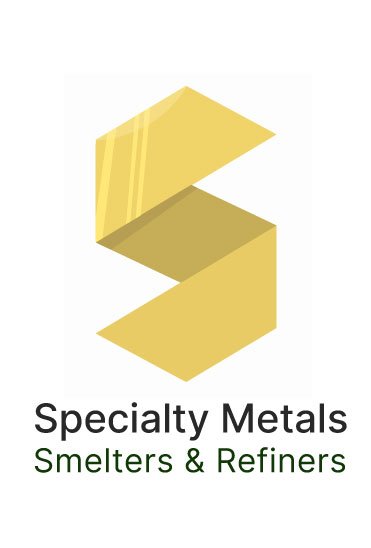Make Money Collecting Silver Contacts
With the Help of Specialty Metals, You Can Make Money Collecting Silver Contacts from the 1980s and 90s. Here’s What You Need to Know
In the 1980s and 1990s, large round silver electrical contacts were widely used in elevators, forklifts, as well as some industrial applications. They were about the size of a quarter – some larger - and were designed to handle high currents, frequent switching, and demanding operating conditions.
Silver alloy contacts were used because of their excellent electrical conductivity, low contact resistance, and resistance to arcing and corrosion.
Here are some of the silver contacts that were produced – and which you can still find today:
Silver-cadmium oxide contacts, or AgCdO contacts, were widely used in high-power applications due to their ability to handle high currents and resist melting or welding to surrounding metals during switching. They were known for their arc-resistant properties, making them popular in elevator and forklift applications where heavy loads and frequent starts and stops were common.
Silver-tungsten contacts, also known as AgW contacts, were used for their combination of silver's conductivity and tungsten's high melting point and hardness. They could withstand high current loads and were often used in heavy-duty switching applications, again including elevators and forklifts.
Silver-nickel contacts, or AgNi contacts, also offered good resistance to arc erosion and welding. They were suitable for applications where moderate to high current carrying capability was required, making them another good choice for elevators and forklifts.
Silver-copper contacts, or AgCu contacts, combined the conductivity of silver with the thermal and mechanical properties of copper. While they might not have been as arc resistant as some other silver alloys, they were used in applications where cost-effectiveness and good conductivity were needed.
Some Advice from Dan Fried, President of Specialty Metals Smelters and Refiners, on Recycling Silve Contacts
What do you need to recycle silver contacts? According to Dan Fried, President of Specialty Metals Smelters and Refiners, it’s tricky. Here’s a summary of his advice:
Know which kind of silver contacts you have. “If you are dealing with older equipment,” Freid tells us, “it's important to consult relevant documentation or experts in the field to determine the exact type of silver contacts that were used.”
In addition to silver contacts that contain cadmium, there are also contacts that contain tungsten, molybdenum, and other metals. According to Fried, these are virtually impossible to recycle because they can only be melted and processed at extraordinarily high temperatures.
Beware of coming into contact with the cadmium that they probably contain. “Those little circles can range from 60% to 90% pure silver,” he says. “However, the downside is that they have 10% cadmium . . . a very dangerous metal you don't want to fool with by melting your silver contacts. If you breathe in cadmium, it could cause kidney damage.”
What Are Your Next Steps?
If you find a batch of round, coin-sized items that appear to be silver – and you can usually tell they are silver contacts by looking for a silver-like white surface – chances are good that you have the kind of silver contacts that we are writing about in today’s post.
As we mentioned above, cadmium is an especially dangerous metal to be in contact with. So, if you have silver contacts (or round objects that you suspect might be), call Specialty Metals Smelters and Refiners at 800-426-2344 or send an email to sales@specialtymetals.com.
“Tell us what you’ve got,” Dan Fried says, “We’ll help you know what you’ve got and help you figure out the best way to recycle and refine that metal. Give us a call, we're happy to answer your questions.”
Related Posts
Recovering Silver from Paints, Inks and Other Liquids
Why You Need the Best Precious Metals Refinery to Recycle Your Silver Salts
How Silver Is Used in Industrial and Manufacturing Processes
Why It Pays to Find a Refiner for Silver, the Forgotten Precious Metal
Become a Rich Environmentalist by Recycling Precious Metals
Why Recycling Metals is Socially and Environmentally Responsible
